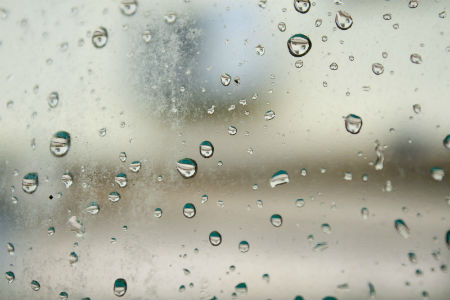Glass, though ethereal, is intrinsically delicate and difficult to handle. Also, its blatant transparency restricts it from many applications! But like every closed door leads to an open one, these limitations gave rise to the vast and exciting world of Glass Treatment.
Glass Treatment to Protect and Enhance Glass
Today, treating glass is the finest way to shield glass while retaining its true essence and enhancing it at the same time. Glass treatment broadly involves the highly specialised functions of cutting, etching, frosting and tinting which have evolved in quality and technique over the years.
The unique combination of these treatments can be seen in the various glass types installed in swanky offices in the CBD to the malls in the heartland areas of Singapore.
Apart from treating the glass, one can add a protective layer of another material, especially during times of harsh weather or long periods of personal absence.
Hence, here are five ways to protect your glass using treatments and other methods
- Laminating: Today, most glass used in home or office window and partition applications is laminated. Lamination inserts a layer of Polyvinyl Butyral (PVB) between glass layers to make the sheet sturdy and shatter-proof. Another way is to slip in a layer of Resin. Aptly known as Safety Glass, this variety is what bullet proof glass and aeroplane windows are made of. So your home and office windows are definitely safe with this one!
- Tempering: This toughens the glass in such a way that breakage of any sort, results in either the
entire surface shattering or a delayed breakage process. Either way, there are no dangerous edged pieces that threaten to damage people or property when glass is tempered. The method includes a Thermal Tempering process that basically undergoes a complex system of extreme heating and cooling. Ingenious as it is, tempering is a common method being utilized in Singapore today.
- Tinting with Film: Glass can be tinted in two ways: one is by mixing in the required hue during the manufacturing process itself and the other is with Tint Films. The film variety gives glass its desired shatter-proof quality as the glass stays glued to the film surface and resists falling off even after it breaks. The other advantage of films is convenience, especially when protection of the glass pops up as an after-thought.
- Shutter construction: Shutters are a great way to add a layer of protection to your glass and are available in a variety of materials and designs. Though wood is the most common shutter material, composites, PVC and fibreglass is also used. This alternative is also an aesthetic one and can add a warm, homely feeling so is best used in your home, rather than the office.
- Plywood sheets: A simpler cover option which can be fixed firmly to your windows with clips. Ply sheets can be put up just before heavy rainfall or storms or when you’re planning to make an extended trip out of town. This is an easy and inexpensive method and the ply can be removed and put away when not required.
For extra protection, you can use a combination of any of the 5 methods e.g.: installing durable shutters with strong laminated or tinted glass. This will ensure long-term safety and keep your home or office windows safe from harsh weather and of course, other unwanted intrusions.

